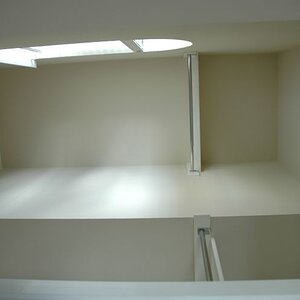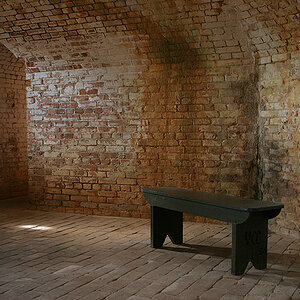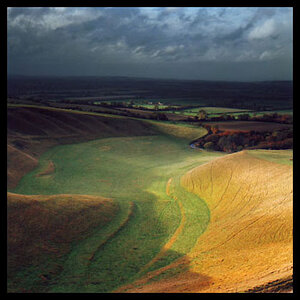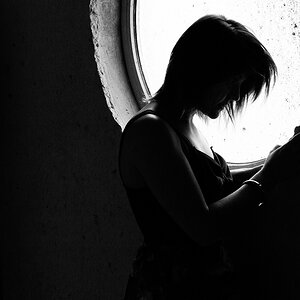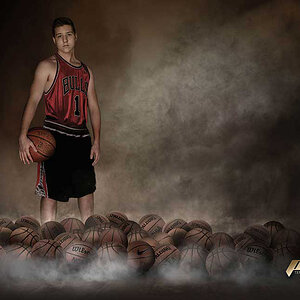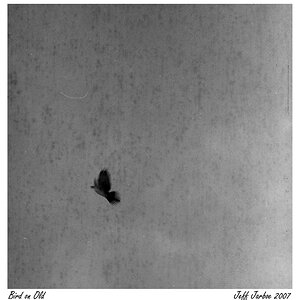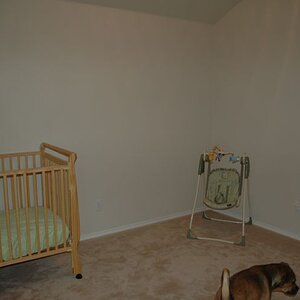twocolor
No longer a newbie, moving up!
- Joined
- Feb 26, 2008
- Messages
- 1,044
- Reaction score
- 227
- Location
- Utah
- Website
- www.twocolorphotography.com
- Can others edit my Photos
- Photos NOT OK to edit

Isn't this a beautiful shot? Her expression is priceless. She was not happy unless she had this little rubber ducky! Hence the bw pic!
I am open to critque and comments - especially since this is my first photo post.




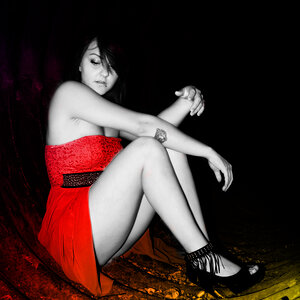
![[No title]](/data/xfmg/thumbnail/38/38750-dbafc867a1461ce200c2405640d537ec.jpg?1619738704)
